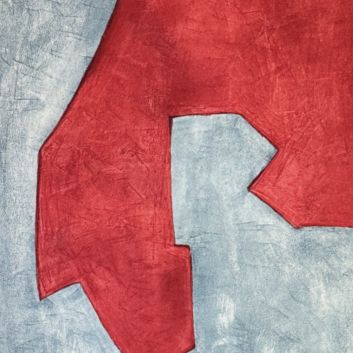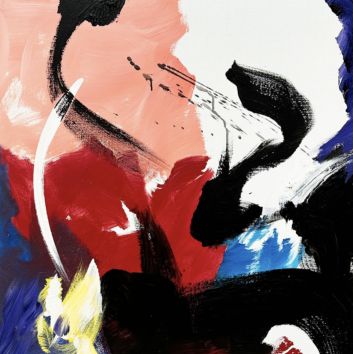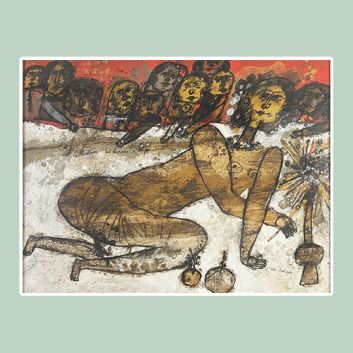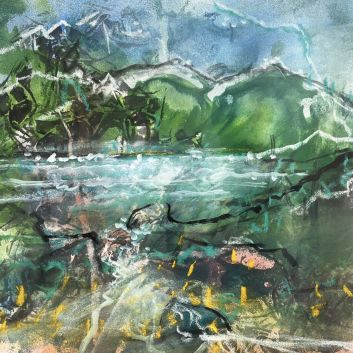Rating and value of works, paintings, drawings by Olivier Debré
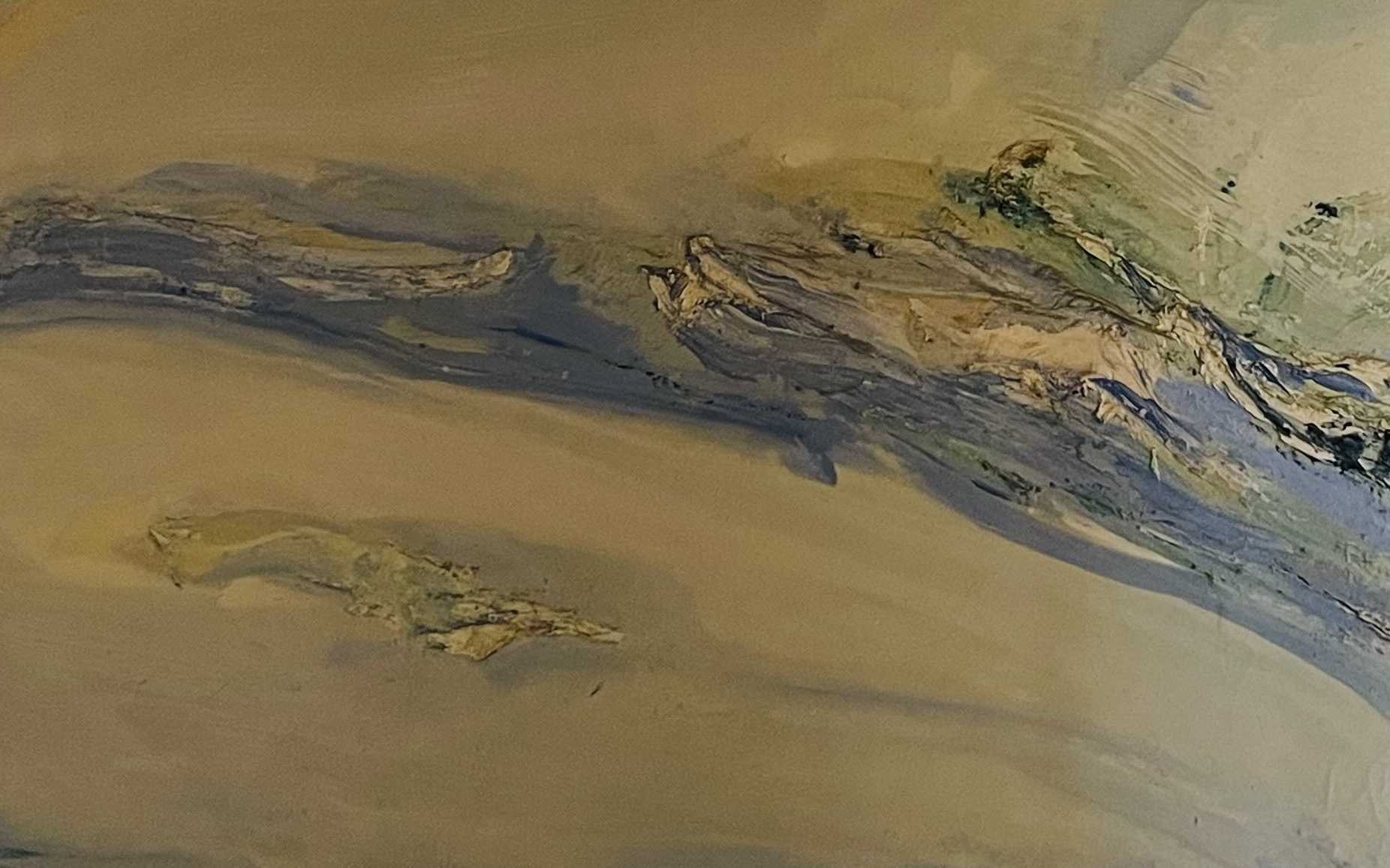
If you own a work by or about the artist Olivier Debré, and would like to know its value, our state-approved experts and auctioneers will be happy to offer you their appraisal services.
Our specialists will carry out a free appraisal of your work, and provide you with a precise estimate of its current market value.
Then, if you want to sell your work, we'll point you in the right direction to get the best possible price for it.
Rating and value of the artist Olivier Debré
Considered one of the most celebrated contemporary artists of the 20th century, Olivier Debré has left behind an artistic identity of his own.
This legacy consists mainly of large-format oils on canvas. Now, with prices for his works rising under the auctioneer's hammer, his stock is on the rise.
His canvases and other works are particularly prized, especially by French buyers, and the price at which they sell on the art market ranges from €25 to €260,000, a considerable delta but one that speaks volumes about the value that can be attributed to Debré's works.
In 2021, a monochrome composition entitled Figure rude en bleu tendre, dating from 1959, sold for €260,000.
Order of value from a simple work to the most prestigious
Technique used | Results |
|---|---|
Prints - multiples | From €25 to €5,500 |
Drawing - watercolor | From €50 to €14,000 |
Paint | From €240 to €260,000 |
Response in less than 24h
Style and technique of the artist Olivier Debré
Olivier Debré, a major painter of the 20th century, has developed a unique style in which geometric abstraction and the expressive power of color meet with striking force.
He is steeped in the heritage of lyrical abstraction, but his own vision is distinguished by the use of a vibrant color palette and a keen sense of structure.
His works are marked by a play of lines, shapes and superimpositions, often organized in broad brush or spatula strokes, creating a dynamic of movement and depth.
Far from academicism, he adopts a gestural, energetic approach that allows color to come to life, to unfold in the space of the canvas.
He often combines primary and secondary colors in a controlled balance, whose tensions create a vibrant, fluid atmosphere, capable of capturing the immediacy of an emotion or a landscape.
Debré's technique is based on a mastery of gesture, but also on a rich texture created by successive layers of paint.
This process gives his works a tactile, almost sculptural dimension, where the material, far from being a mere support, becomes an integral part of the composition.
His canvases, some of them monumental, take on a new dimension, that of a living space, where color becomes pure energy, a visual language that evokes elements of nature, yet frees itself from them to create compositions of great autonomy.
Debré, playing on contrasts and harmonies, invites us into a sensory universe, where every nuance, every gesture seems imbued with a profound intention.
His style, both fluid and rigorous, reveals an artist in search of an abstraction that speaks directly to the viewer, while remaining rooted in a poetic and intimate vision of the world.
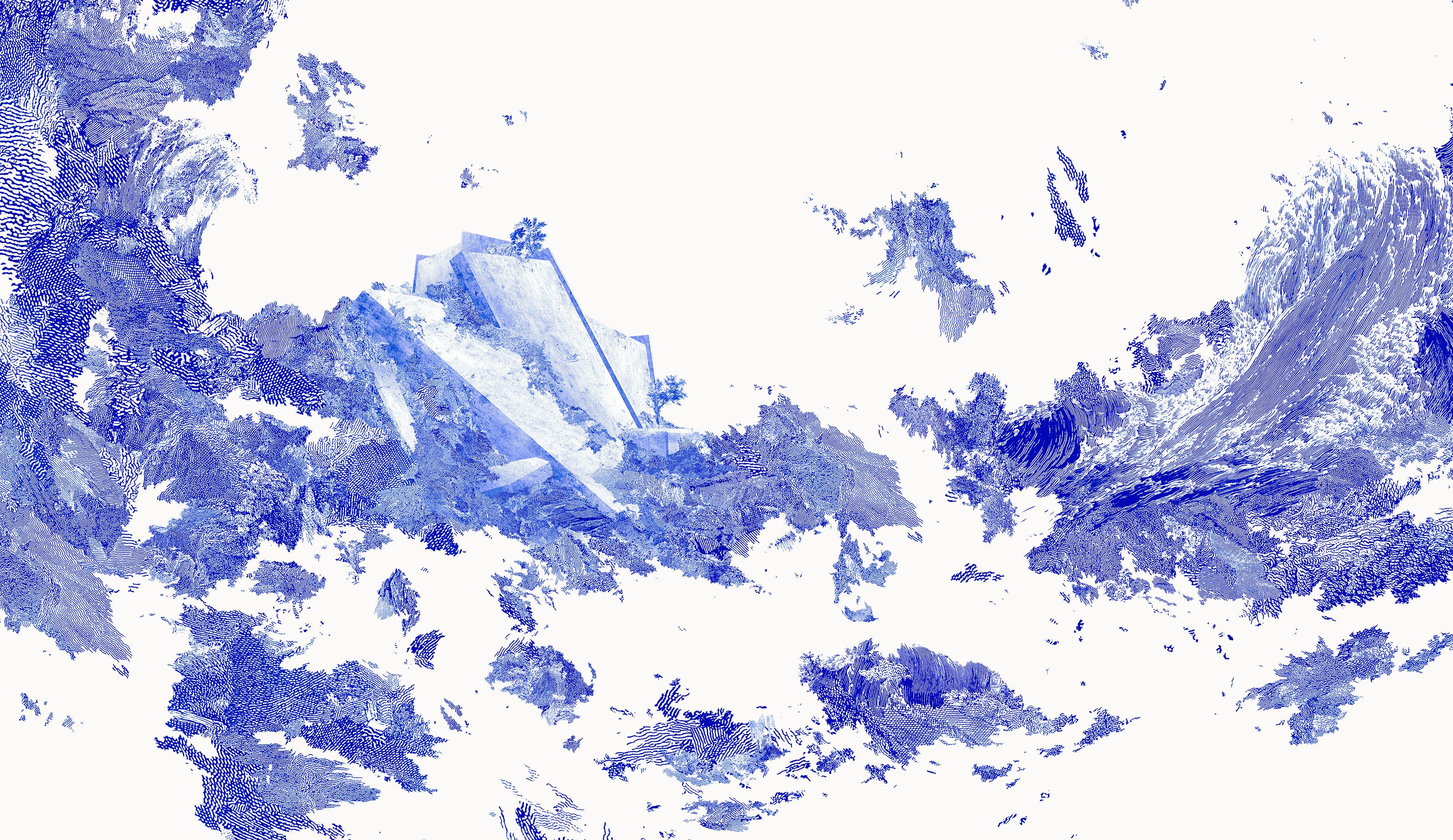
The life of Olivier Debré
Olivier Debré (1920-1999) was born and died in Paris. His grandfather was a painter, and he was involved with the art world from an early age. He was the brother of Michel Debré, General de Gaulle's Prime Minister and the man behind the Constitution of the Fifth Republic.
He graduated from the Lycée Montaigne and then the Sorbonne, and concurrently studied architecture at the Ecole des Beaux-Arts de Paris, where his uncle, Jacques Debas-Ponsan, taught. From time to time, he also attended Le Corbusier's studio. The painting Guernica is exhibited in Paris, and he discovers this work at an early age, which will leave a lasting impression on him.
In 1937, the gallery owner Georges Aubry exhibited his work in Paris. Segonzac and Picasso noticed his work.
Like Maurice Mendjiksyhe transcribed the horror of the concentration camps in his paintings during and after the Second World War. In 1949, he exhibited at the Bing Gallery, alongsideAmedeo Modigliani. A success, he set up his studio in Paris and exhibited at the Salon d'Automne.
In the 50s, he began to establish his artistic identity through muted colors and relief. He exhibited in New York and at the Salon d'octobre, where he met Jacques Germain. His international career was launched. He began to produce his character-monkeys and landscape-monkeys, but soon discovered lithography and devoted himself entirely to it.
In the 60s, he returned to landscape representations, describing his work asfervent abstraction. He received several commissions for large-scale works, which would remain his most famous. He exhibited in Montreal, Tokyo, Dakar, Stockholm and other cities.
Jacques Chirac commissions him to create a memorial to General de Gaulle, to be donated to the city of Montreal. At the end of his career, he spent some time working for the Sèvres porcelain factory, decorating works in porcelain.
Retrospectives are devoted to him. Some twenty years after his death, the city of Tours opened a museum in his name (Centre de Création Contemporaine Olivier Debré), which exhibits some of his works and promotes new artists.
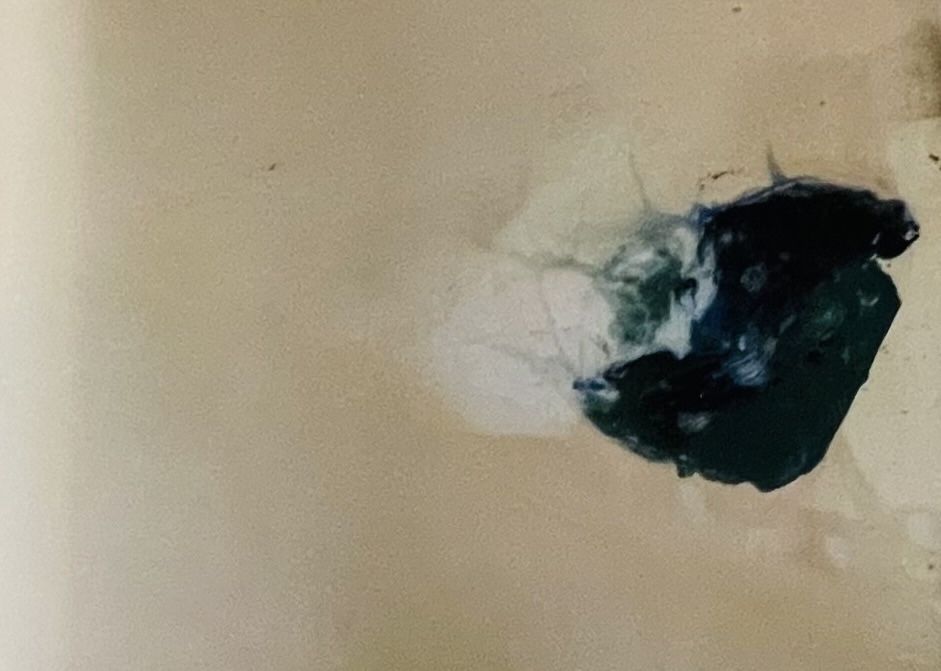
Focus on Paysage, Olivier Debré, 1957
Olivier Debré's 1957 work Paysage perfectly embodies the artist's quest to capture the essence of the natural world through abstraction.
This powerful canvas plunges us into a landscape where color, far from being a mere decorative element, becomes a real actor.
The broad flat tones of blue and green blend and overlap in a continuous movement, creating a sensation of depth and spaciousness.
The vibrant energy characteristic of the artist's work is evident, where each brushstroke seems to reflect an instinctive gesture, like a direct response to the elements.
Sky and earth seem to merge and merge, but in a dynamic harmony where each hue echoes the other.
In Paysage, the absence of figurative detail is striking. Olivier Debré does not illustrate a landscape per se, but rather evokes the sensation of space, the atmosphere of nature in perpetual motion.
The viewer's gaze is caught by shapes and colors that, far from being mere representations, become a powerful emotional language.
The texture of the paint, thick and vibrant, invites us to enter the work, almost to touch it, so alive and vibrant does the material seem.
Through this abstraction, Debré offers us a total immersion in nature, where we perceive the landscape less in its visible reality than in its essence and power.
The work thus reveals the strength of the artist's vision, which seeks not only to express an external world, but also to transcribe the invisible, to touch man's primal sensations in the face of nature.
This canvas, like many of his creations, gives rise to an aesthetic experience in which color and form are more than pictorial elements, they are vectors of deep emotions and sensations, reminding us of the evocative power of abstract art.
Olivier Debré's imprint on his period
Olivier Debré's work marks a period when abstract art was developing in France with unprecedented power, breaking with figurative traditions and paving the way for a new approach to pictorial expression.
His contribution is characterized by a constant search for the expressive power of color and gesture, in a movement where the painting becomes above all a place of pure emotion.
In the post-war period, when artists sought to reconnect with a form of raw, immediate truth, Debré placed himself at the crossroads of the influences of lyrical abstraction and geometric abstraction, while injecting a unique energy, deeply nourished by his perceptions of the natural world.
His imprint is powerful, for he is not only a witness to his time, but also a major player in it, participating in the aesthetic revolution that is transforming our relationship with art.
His large, monumental canvases, which he exhibited around the world, including in major French museums, reaffirmed the place of painting in a world increasingly dominated by photography and new media.
The way he captures space, movement and light in flat, pure colors resonates with a striking modernity, where the artist no longer seeks to represent nature, but to capture its essence, through a deeply felt abstraction.
Through his work, Olivier Debré became a key figure on the art scene of his time, an artist whose unique pictorial language reinvented the art of painting and established him as one of the leading exponents of abstraction in France, influencing a whole generation of painters.
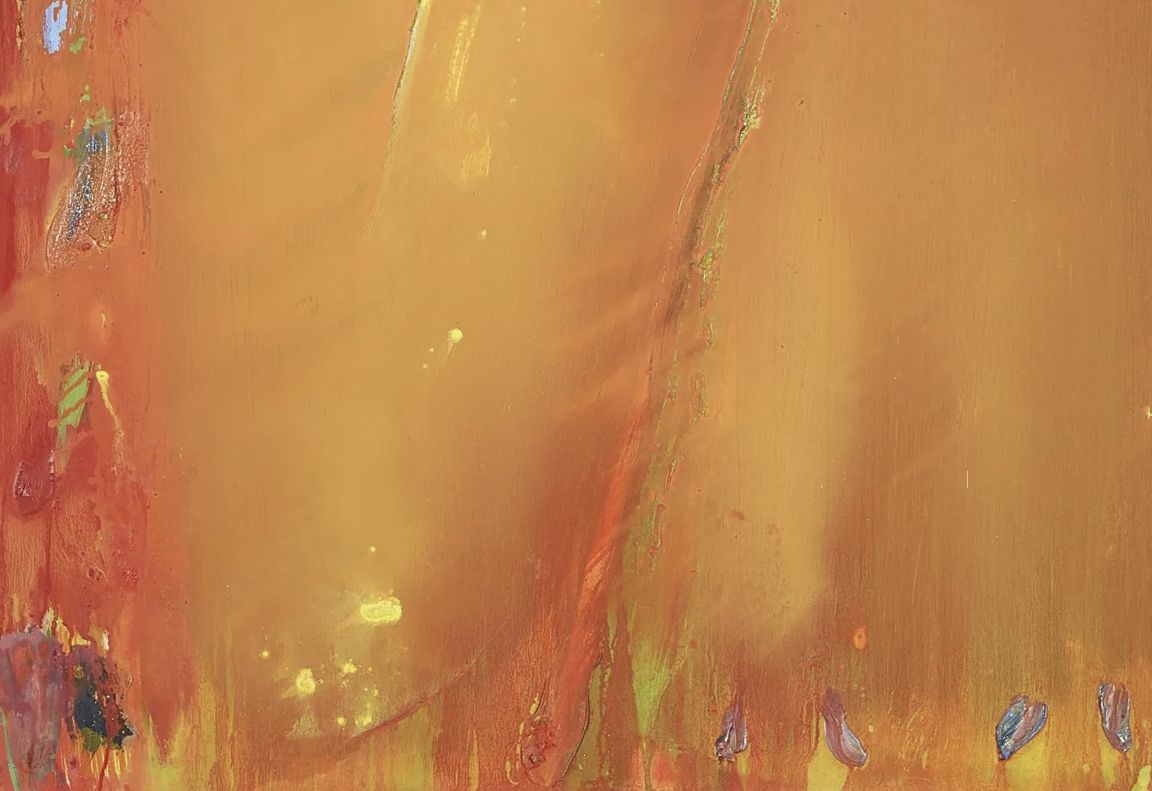
Recognizing the artist's signature
Olivier Debré often signs his works, usually at the bottom of the painting, in a color that contrasts with the background.
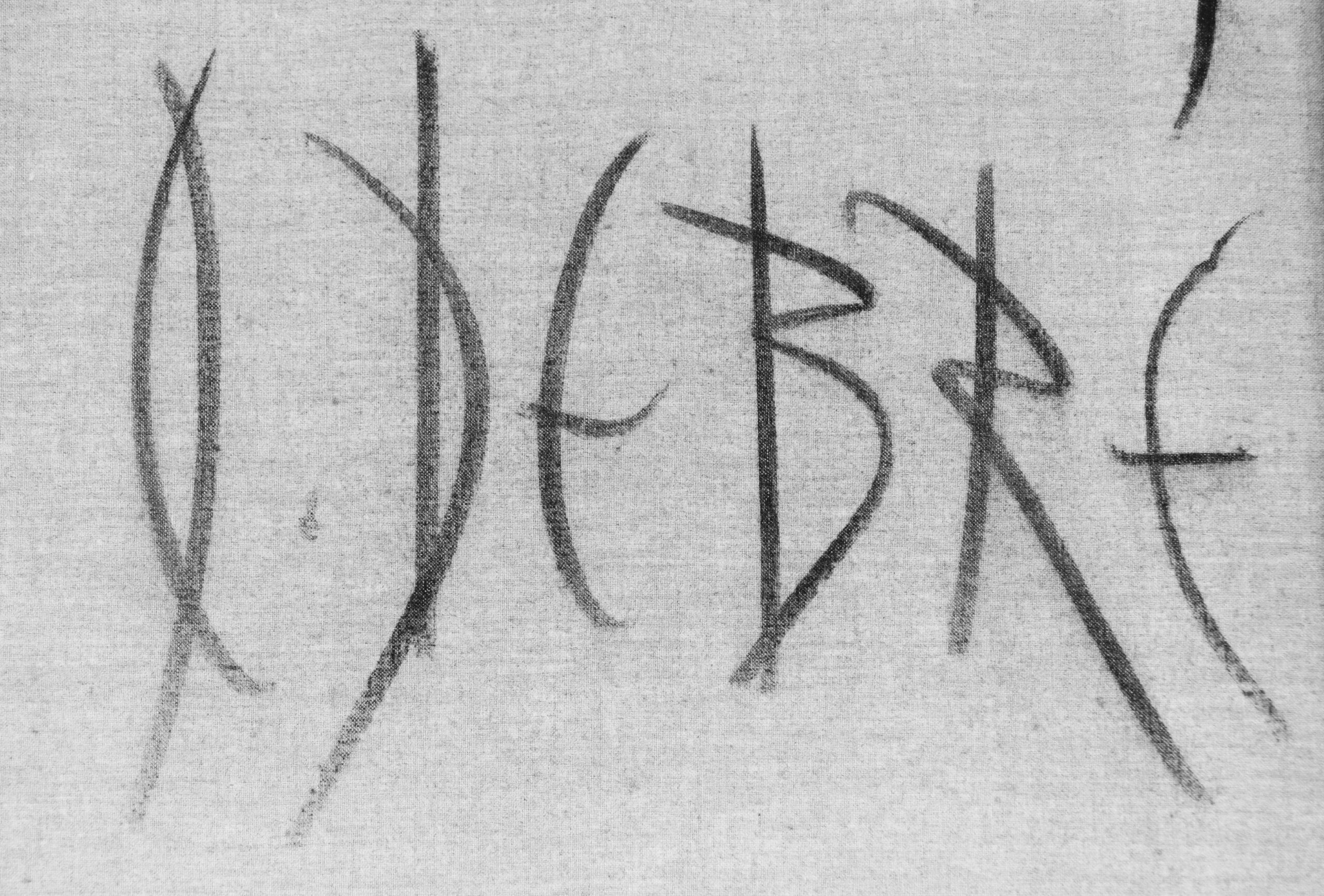
Knowing the value of a work
If you happen to own a work by Olivier Debré or after the artist, don't hesitate to request a free appraisal using the form on our website.
A member of our team of experts and certified auctioneers will contact you promptly to provide you with an estimate of the market value of your work, as well as any relevant information about it.
If you're thinking of selling your work of art, our specialists will also be on hand to help you find alternatives for selling it at the best possible price, taking market trends into account.
Response in less than 24h
Related topics
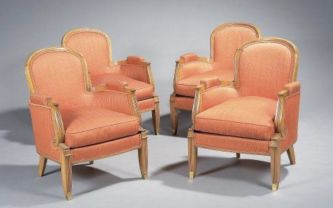
Rating and value of furniture, armchairs, tables by Jules Émile...
Jules Leleu is an emblematic designer of the Art Deco movement, who produced works that are listed and valued at auction.
Read more >
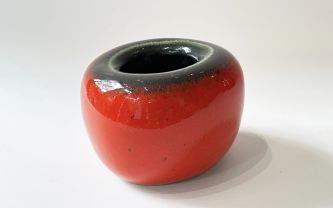
Rating and 2024 value of Georges Jouve vases
Georges Jouve is a contemporary ceramist who has produced vases that are highly valued at auction. Estimate in 24h.
Read more >
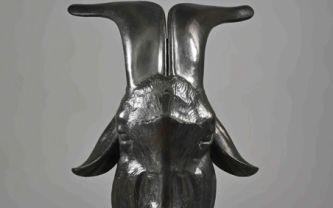
Rating and value 2024 of Josette Héber's sculptures and bronzes...
Josette Hébert-Coëffin is a 20th-century artist who has produced sculptures and medals that are highly prized at auction.
Read more >
Secure site, anonymity preserved
State-approved auctioneer and expert
Free, certified estimates

